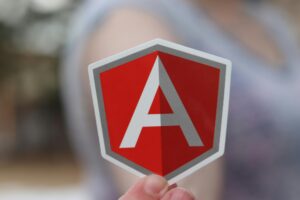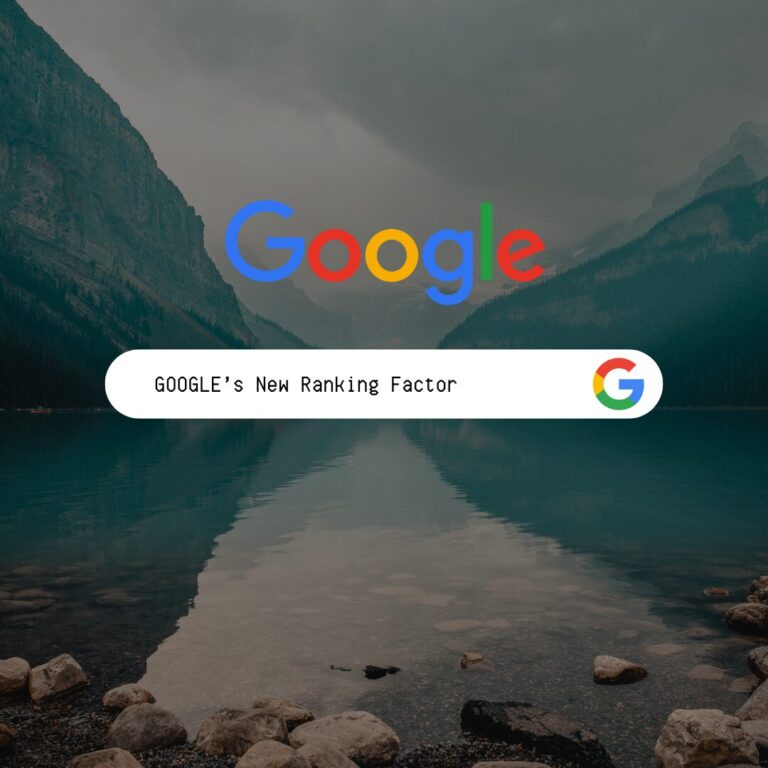
How to Choose the Right Front-End Framework for Your Project
Choosing the right front-end framework is one of the most critical decisions in web development. The front-end framework you select will impact your project’s scalability, maintainability, performance, and developer experience.
In this guide, we’ll break down how to evaluate and choose a front-end framework using real-world criteria, complete with comparison tables, visuals, and FAQs.
Why the Right Framework Matters
Your framework dictates how you build, structure, and scale your application. Choosing wrong can lead to rewrites, bugs, and ballooning costs.
Key Considerations:
- Project Size and Scope
- Team Skillset
- Performance Requirements
- Community and Ecosystem
- Maintenance and Longevity
Popular Front-End Frameworks in 2025
Here’s a quick look at the most popular frameworks to consider this year:
React
- Use Case: SPAs, enterprise apps
- Pros: Huge ecosystem, reusable components, backed by Meta
- Cons: Just the view layer — needs extra libraries
Vue
- Use Case: Lightweight apps, startups, fast MVPs
- Pros: Easy to learn, reactive core, great documentation
- Cons: Smaller ecosystem than React or Angular
Angular
- Use Case: Large-scale enterprise systems
- Pros: Complete framework, TypeScript out of the box, powerful CLI
- Cons: Steep learning curve, heavy bundle size
Svelte
- Use Case: Modern web apps needing speed and simplicity
- Pros: No virtual DOM, fast performance, smaller bundle
- Cons: Smaller community, fewer integrations
Evaluation Checklist
| Criteria | React | Vue | Angular | Svelte |
|---|---|---|---|---|
| Performance | High | Medium | Medium | Very High |
| Learning Curve | Moderate | Easy | Difficult | Easy |
| Community Support | Massive | Growing | Large | Small |
| Flexibility | High | Medium | Low | Medium |
| Tooling | Mature | Good | Excellent | Evolving |
Questions to Ask Before Choosing
- What type of app are you building (MVP, enterprise, dashboard)?
- Who will be maintaining this app?
- Do you need a large library ecosystem?
- What performance constraints do you have?
Recommended Frameworks by Use Case
- Startup MVP: Vue or Svelte
- Enterprise App: React or Angular
- SEO-heavy Sites: Next.js (React-based)
- Real-time Apps: React with libraries like Socket.io
FAQs
Q1: Which front-end framework is best for beginners?
A: Vue and React are beginner-friendly. Vue offers a gentler learning curve.
Q2: Should I use a framework at all?
A: For small static websites, plain HTML/CSS/JS might be sufficient. For dynamic apps, a framework is ideal.
Q3: How important is community size?
A: Very. A large community ensures better support, libraries, and job opportunities.
Q4: What about frameworks like Next.js or Nuxt?
A: These are meta-frameworks built on React (Next) and Vue (Nuxt) for SSR and full-stack capabilities.
Useful Links
- React Official Docs
- Vue.js Official Docs
- Angular Docs
- Svelte Docs
- Frontend Framework Comparison
- Next.js (React Meta-Framework)
Conclusion
Choosing the right front-end framework depends on your goals, team, and long-term plans. Use this guide as a reference point, and don’t hesitate to experiment. The best framework is the one that aligns with your specific needs.
Need help picking the right tech stack for your project? Leave a comment below.







